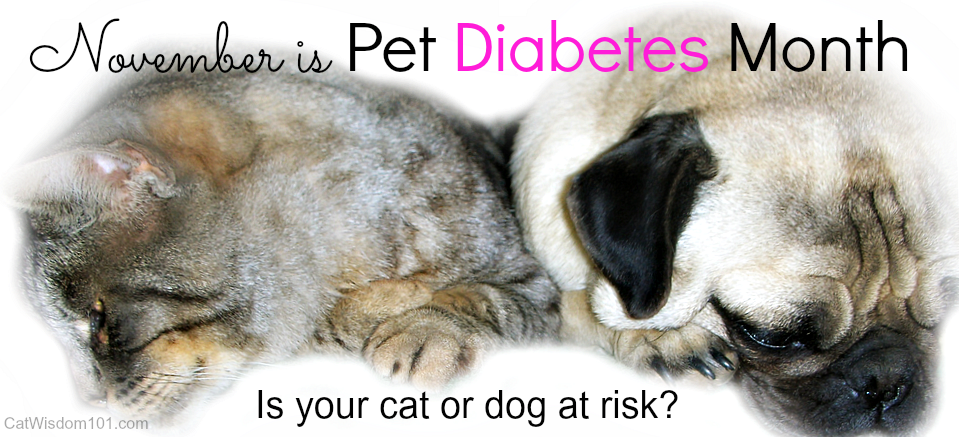
What You Need To Know About Feline Diabetes
This article has been updated with new information and an infographic. On a personal note, our cat Clyde was recently diagnosed with feline diabetes and I was diagnosed with borderline diabetes. The disease presents in a similar way for humans and pets. For us it mean dietary changes and for Clyde using a glucometer to check glucose levels and one shot of insulin daily.
Diabetes is a growing epidemic in North America for humans and pets. Our vet Dr. Richard Goldstein tackles a not so sweet subject with his usual humor and expertise with this week’s Q & A.
Q: I was recently diagnosed with type 2 diabetes which means losing weight and exercising but now I’m worried about my cat. We’re both on the heavy side and love Cheetos. She’s a five year old female tabby cat and 15 lbs. Are the symptoms for diabetes the same as humans?
Answer: Funny this should come up just at the same time I’m lecturing to my students about diabetes in cats! (Attention, students, do not read any further until you finish this week’s homework assignment.)
Diabetes mellitus in cats is usually type 2, just like you. That means it’s non-insulin-dependent. In other words, the cat’s body may be making some insulin, but it’s not able to work properly or there’s not enough of it. Over the past 20 years or so, diabetes has become much more common in cats. So has obesity. Is there a link? You betcha!
Cats are obligate carnivores. They must eat meat-based foods that are high in protein, moderate fat, and low carbs (let’s repeat that: LOW CARBS!). Over the past 20 years or so, pet food companies have trained us humans that we need to feed our cats dry food. Is it just coincidence that cats have become fatter and developed more diabetes? Dry food by its nature has more carbs: you can’t make a cookie without flour, right? Our tendency is to fill up a bowl of dry food and let Fluffy snack all day. It’s like turning her loose with a bag of cookies and letting her sit on the couch watching tv all day. If you think about it, have you ever seen an overweight diabetic feral outdoor cat? Rarely, if ever, I’d bet. That’s because they’re getting lots of exercise hunting for dinner, and they’re eating what they were built to eat: rodents and birds.
Improper nutrition can lead to a pre-diabetic condition called glucose intolerance, where the cells of the body don’t respond to the insulin, or there’s not enough being made by the pancreas. The result is too much sugar floating in the bloodstream. All those big sugar molecules pull a lot of water into the bloodstream with them. The result is increased thirst, and increased urination. If we’re not feeding enough protein, the body responds by breaking down protein – muscle – which leads to weight loss and increased appetite. And over time, all that extra sugar can serve as a perfect food for bacteria, leading to urinary tract infections or even pneumonia.
Now that we see diabetes as a nutritional disorder in cats, we can see that one of the most important points in treating this disease in cats is getting them on a proper diet. Cats that have glucose intolerance can often reverse the process by upping the protein and lowering the carbs in their diet, and may not ever need insulin. In those cats that do end up needing insulin, MANY will eventually go into “remission” and not require insulin anymore (or at least for a while) if they eat the right foods. Talk to your vet about options for nutrition and insulin (if needed). There are also some great websites out there on feline diabetes management, including great demos on how to monitor your cat’s blood sugar at home.
Now, put the Cheetos away, and ask your kitty to join you for some sugar-free treats, and a session on the treadmill.
For more information and a symptom checklist visit http://www.petdiabetesmonth.com/
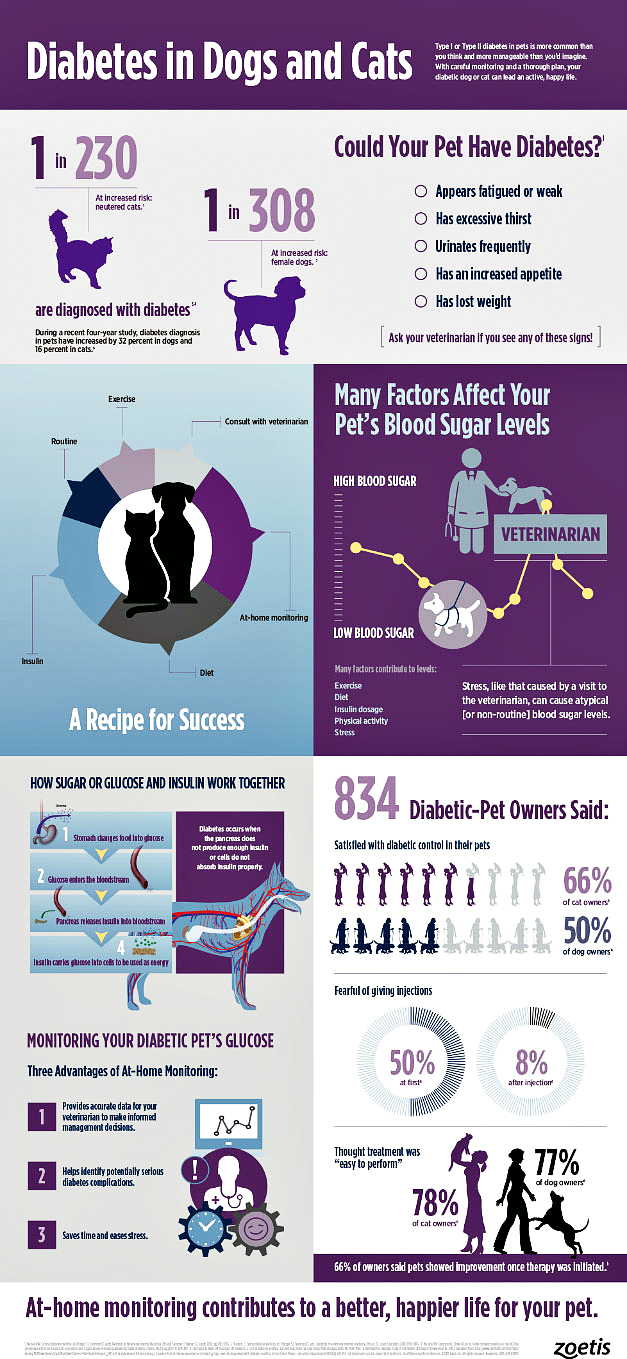

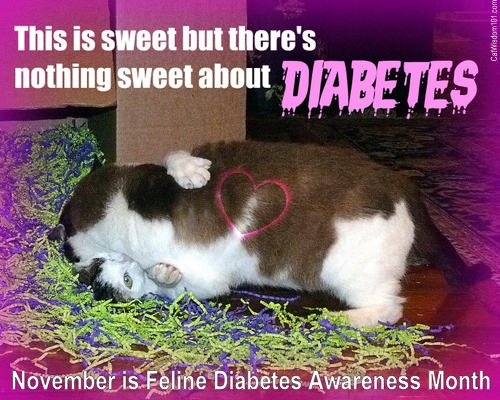
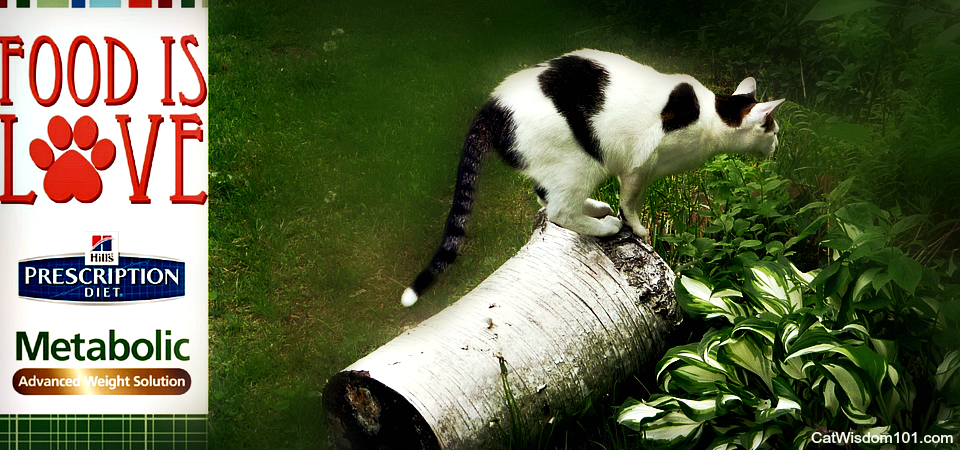
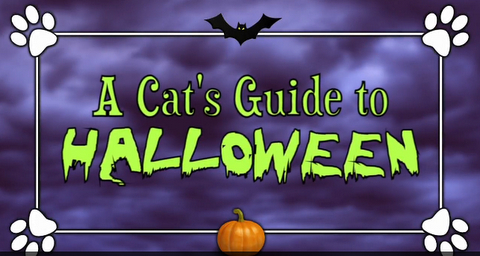

9 Comments
Rusty Bloomgren
Hello. Just wanted to share with you the best of Europes festivals over the past few months. We have visited most of these in the past and I can assure you that they are great fun. Find time to enjoy life and attend some of these this year. Looking forward to some more interesting posts on the Marina de Bolnuevo blog (www.marinedebolnuevo.co.uk). Have a great day.
Abby
Well timed post with some great information.
Thank you for sharing!
purrs
>^,,^<
♥Abby♥Boo♥Ping♥Jinx♥Grace♥
Marg
That is some good info about diabetes. I am amazed that none of my cats have it. They do get a lot of dry food. It is just too expensive to feed all canned food and even more to feed the raw.
Anyway, great post. Thanks.
Kathryn
okay, definitely going to make a change here. we do give them a lot of protein, luncheon meat and baby food and wet food, but going to cut back on those (human food is high fat) and also not going to keep the food bowl stocked with dry food. The boys are 15 and 17 pounds, with Ched being the heaviest.
Great post.
Brian
Such an impawtant topic and we worry so much about our friends with that health issue.
Cheysuli
You always say low in fat and we wonder why. According to Cornell, historically cat foods should have 30% or higher ratios of fat for a healthy cat. We’ve never worried about fat for the cats beyond making sure the food is as natural as possible so that there are no trans-fats. Of course, we are also fans of raw foods after watching the video Pottenger’s Cats.
Carolyn
That’s a very interesting post, Layla. Austin has always been a skinny kitty, but just lately I’ve noticed he’s getting quite a bit more hefty and it coinsides with a change in his dry food (think you call it kibble!?) He loves this and the vet says it’s good for his teeth, but have been thinking he needs to cut back a bit. Thanks x
boomermuse
Carolyn, vets here say dry food is not good for the teeth. It’s metabolizes into sugar.
@Rumpy, purrrs
@Chey, raw is always ideal.
@Brian, impawtant indeed.
Rumpy Drummond
I have a friend whose cat is diabetic. She has had to work hard to keep Morgan healthy.